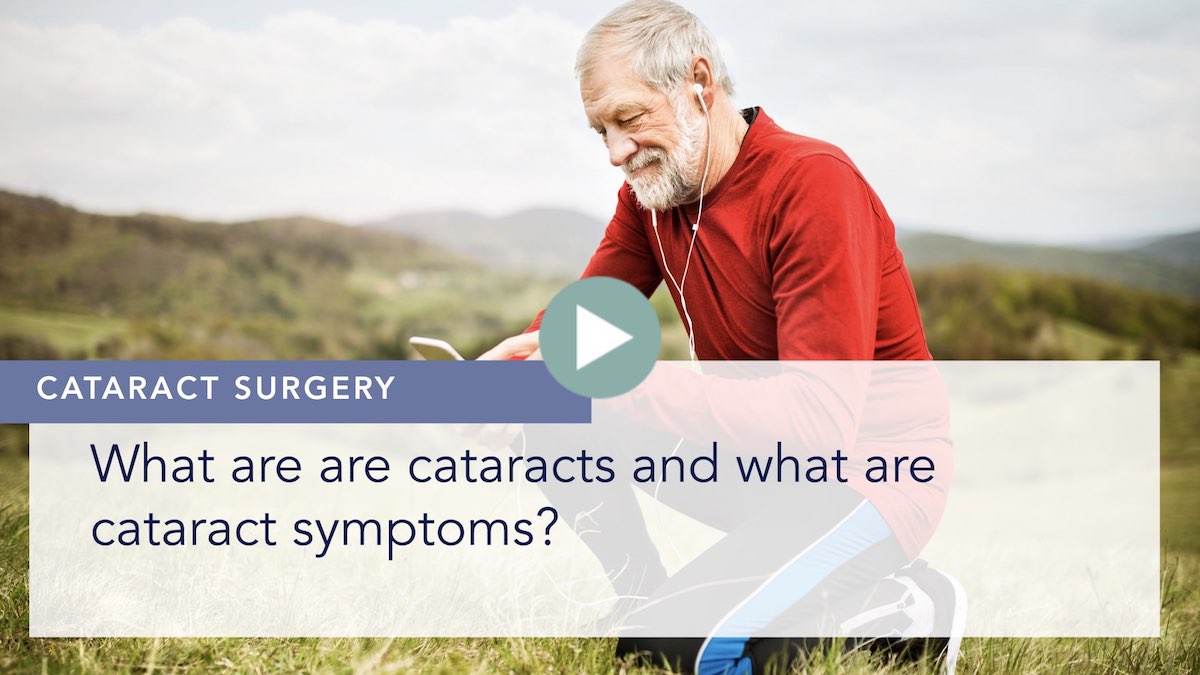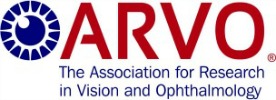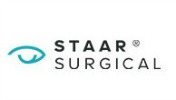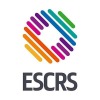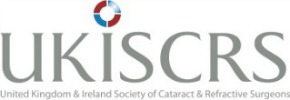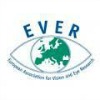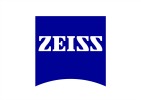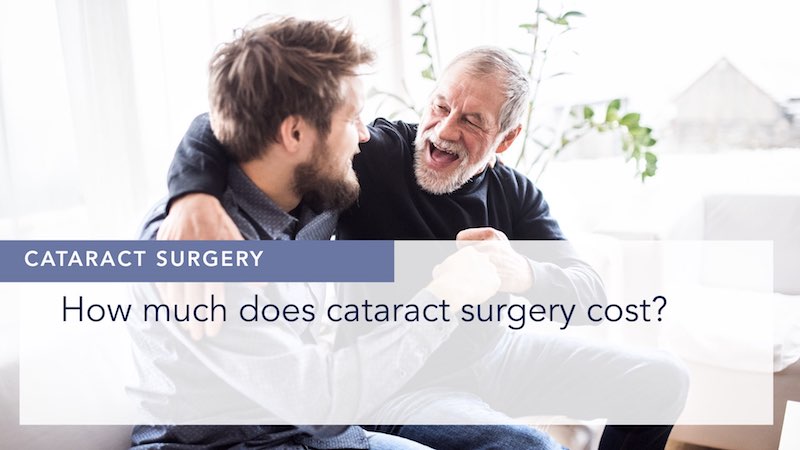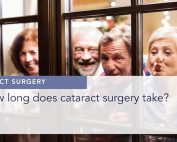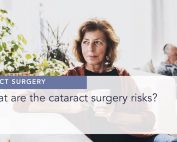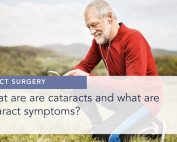For FAQs regarding Coronavirus please click here
Who gets cataracts?
30% of people aged 65 years or older have visually impairing cataracts in one or both eyes2
YOU HAVE BLURRY VISION, HALOS AROUND LIGHTS AND SEE FADED COLOURS
A cataract is a clouding of the lens in the eye which leads to a decrease in vision. Cataracts often develop slowly and can affect one or both eyes. Symptoms may include faded colours, blurry vision, halos around light, trouble with bright lights, and trouble seeing at night. Left untreated, you will go blind.
STUDIES SHOW CATARACTS CAN AFFECT YOUR EMOTIONAL HEALTH
Losing your vision can substantially impair day-to-day routines and your enjoyment of leisure time. It may lead to a deterioration of mental health which renders you unable to work or pursue what once interested you. You are particularly vulnerable to low mood and depression, which affects 1 in 3 adults with vision loss.
DAILY IMPACTS OF LIVING WITH A CATARACT
You may find you participate less in social events. You may feel embarrassed by your deteriorating vision. You may feel anxious about losing your remaining eyesight. Falling and injuring yourself is more common. You find more difficulty with daily tasks which once felt routine.
MANY PEOPLE WITH CATARACTS FEEL LIKE A BURDEN ON OTHERS
Nobody wants to feel like they’re someone else’s responsibility. If you’re in otherwise good health, this new feeling of dependence can make you feel embarrassed and unhappy.
WHY WAIT FOR CATARACT SURGERY TO HAVE A POSITIVE IMPACT ON YOUR LIFE?
Literally from one day to the next, modern cataract surgery can have a life-changing impact for those whose life has been negatively impacted by cataracts. The yellowing is gone. The colours are clearer. Most importantly, it’s like you’ve got your independence back. And with the once-in-a-lifetime opportunity of refractive cataract surgery, you may just be able to become spectacle free.
Affiliations and memberships
I am proud to be associated with these organisations as a member or consultant
Supplementary information about cataracts
In my expert hands, you certainly don’t need to know all of the information I’ve included in the toggles below. If you’d like to know how it all works, however, open them and learn more.
Take the first step
Find out if your eyes are suitable for vision correction
Even more information about cataract
I frequently write articles and publish videos to answer people’s most common questions and keep them updated on the latest developments in vision correction. Find out more below…
What is your safety record with cataract surgery?
We asked Alex Shortt about safety records regarding cataract surgery and how he compares with the national average
How long does cataract surgery take?
In an interview, Alex Shortt discusses the duration of cataract surgery and the process around it.
What are the cataract surgery side effects and risks?
In an interview, Alex Shortt discusses the cataract surgery side effects and risks including loss of vision, imperfect results and minor complications.
What are cataracts and what are cataract symptoms?
In an interview, Alex Shortt explains cataracts and discusses cataract symptoms.
Compare cataract with other relevant eye conditions
Eye conditions are frequently misunderstood, so here’s a quick overview of the ones I most commonly treat
ASTIGMATISM
Astigmatism is an imperfection in the shape of your eye’s cornea or lens. Usually, the cornea and lens are round or spherical like a football. In eyes that have astigmatism, the cornea and or lens of the eye are oval in shape like an egg. As a result, light rays focus on a blurred oval shape on the retina rather than as a single sharp image. Learn more about astigmatism…
Treatments for astigmatism
SHORT-SIGHTEDNESS
Short-sightedness is also known as Myopia.
Short-sightedness (or myopia) is an eye condition where the focusing power of the eye is too strong. For that reason, if you’re short-sighted, you need to wear negative power lenses to reduce the focusing power of the eye. Doing so brings the image of the world into focus on our retina. Learn more about short-sightedness…
Treatments for short-sightedness
LONG-SIGHTEDNESS
Long-sightedness is also known as Hyperopia and Hypermetropia.
Hyperopia or long-sightedness is an eye condition where the focusing power of the eye is too weak. For that reason, if you have long-sightedness, you need to wear positive power lenses to increase the focusing power of the eye and bring the image of the world into focus on our retina. Learn more about long-sightedness…
Treatments for long-sightedness
DRY EYE
The term “dry eye” covers many different eye conditions where an imbalance in the volume or quality of the tears results in inflammation and damage to the surface of the eye. Patients have varying degrees of dry eye symptoms from occasional discomfort and stinging to severe pain and inability to see. Learn more about dry eye…
PRESBYOPIA
Presbyopia is the eye condition which causes people aged 45 and older to need reading glasses. The ageing of the eye’s natural lens which stiffens and loses its ability to focus causes presbyopia.
Treatments for presbyopia
KERATOCONUS
Keratoconus is a condition where the cornea, the front window of the eye, becomes thinner, loses its strength and begins to warp out of shape progressively. Learn more about keratoconus…
Treatments for keratoconus
- Cross-linking
- INTACS
- Corneal transplant
RECURRENT CORNEAL EROSION
Recurrent corneal erosion is a painful eye condition where there are episodes of severe pain on waking which resolve over a few days to a week only to reoccur again in the future. Learn more about recurrent corneal erosion…
Treatments for recurrent corneal erosion
- Laser Phototherapeutic Keratectomy (PTK)
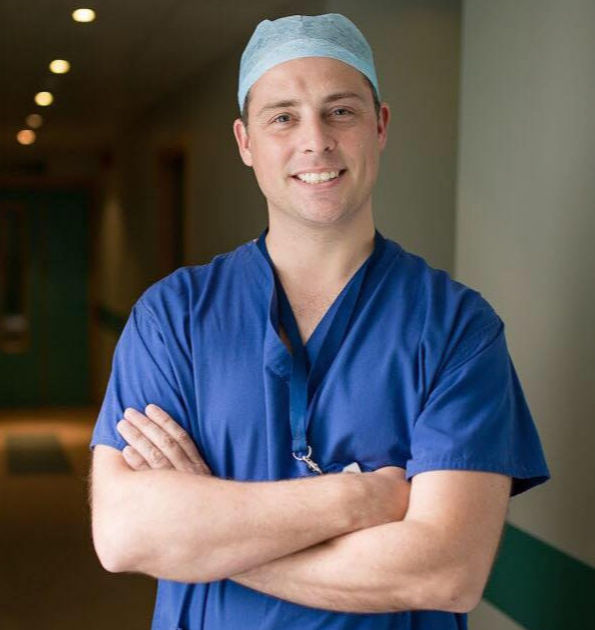
About the author
Mr Alex J. Shortt | Consultant Ophthalmic Surgeon
MB BCh MSc PhD FRCOphth PGDipCatRef
I’m Alex Shortt, a highly trained academic researcher and Consultant Ophthalmic Surgeon based in London’s famous Harley Street medical district. I trained and worked as a consultant for 14 years at London’s Moorfields Eye Hospital. I specialise in advanced technologies for correcting vision, including cataract surgery, implantable contact lenses and laser vision correction.


